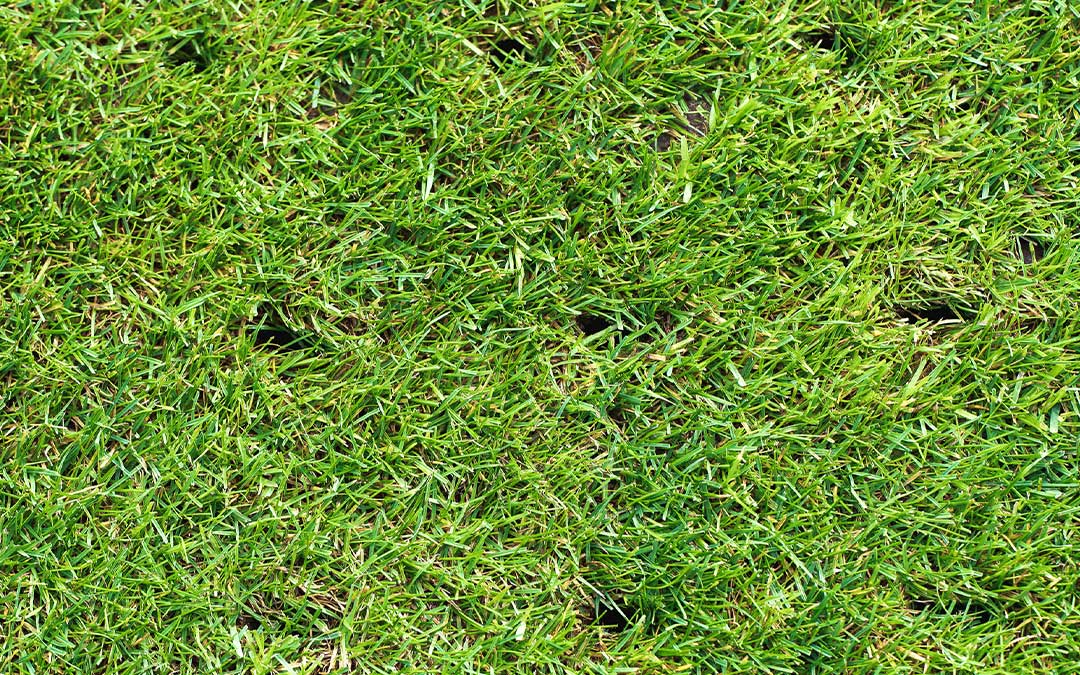Aeration is essential for keeping your lawn healthy because it relieves the soil of compaction and allows better penetration of air, water, and other nutrients into your soil. It is a great way to stimulate new root growth which makes your lawn fuller and thicker! Here is everything you need to know about aerating your lawn in Colorado.
When to Aerate
Any soil that has been exposed to compaction should be aerated. Here are some common circumstances:
- If you have heavy traffic in your yard such as pets or kids that play there often
- In newly developed homes, it’s crucial to aerate your lawn due to the weight and usage of construction machinery that was used prior to the lawn being placed.
- After placing sod because the soil from which the sod comes from doesn’t always match the soil that the sod ends up with.
Types of Aerating
There are two common types of aeration: spike aeration and core aeration. We recommend doing core aeration for best results because it completely removes the plug or the core of the soil. This ultimately removes any compacted soil and allows the mobility of water, air, and nutrients to reach the base of the grassroots.
What to Do Before Aerating
- Clear your yard of any debris.
- If you have any weeds that you don’t want spreading, it’s best to pull those out.
- Mark or flag all of your sprinkler heads, valve boxes, water meters, etc. to ensure you don’t damage your irrigation system.
- Mow your grass short (around 2 inches or so). This will make the aeration process easier and will be good preparation for your lawn if you plan on overseeding.
- Water your lawn. You’ll want to make sure that the soil is soft enough for aeration, especially if you’re doing core aeration.
Tips for Properly Aerating
- You can either rent the equipment and do the labor yourself, or you can hire a lawn care professional in your neighborhood to do the work.
- Aerate 2-3 inches deep and roughly 3-4 inches apart from each other.
- Bluegrasses will need more coring than other varieties of grass, such as fescue or ryegrass, because of their rhizomes (its ability to self-heal).
- Use a chain-link dragging mat and pull it over your lawn with all the plugs on the ground. This will break up the plugs and turn the cores into mulch for your grass.
- Once you’re done, water and mow regularly, as needed.
If you have any questions or need any help, please reach out to us! We are always happy to help you with your commercial, residential or athletic lawn.

